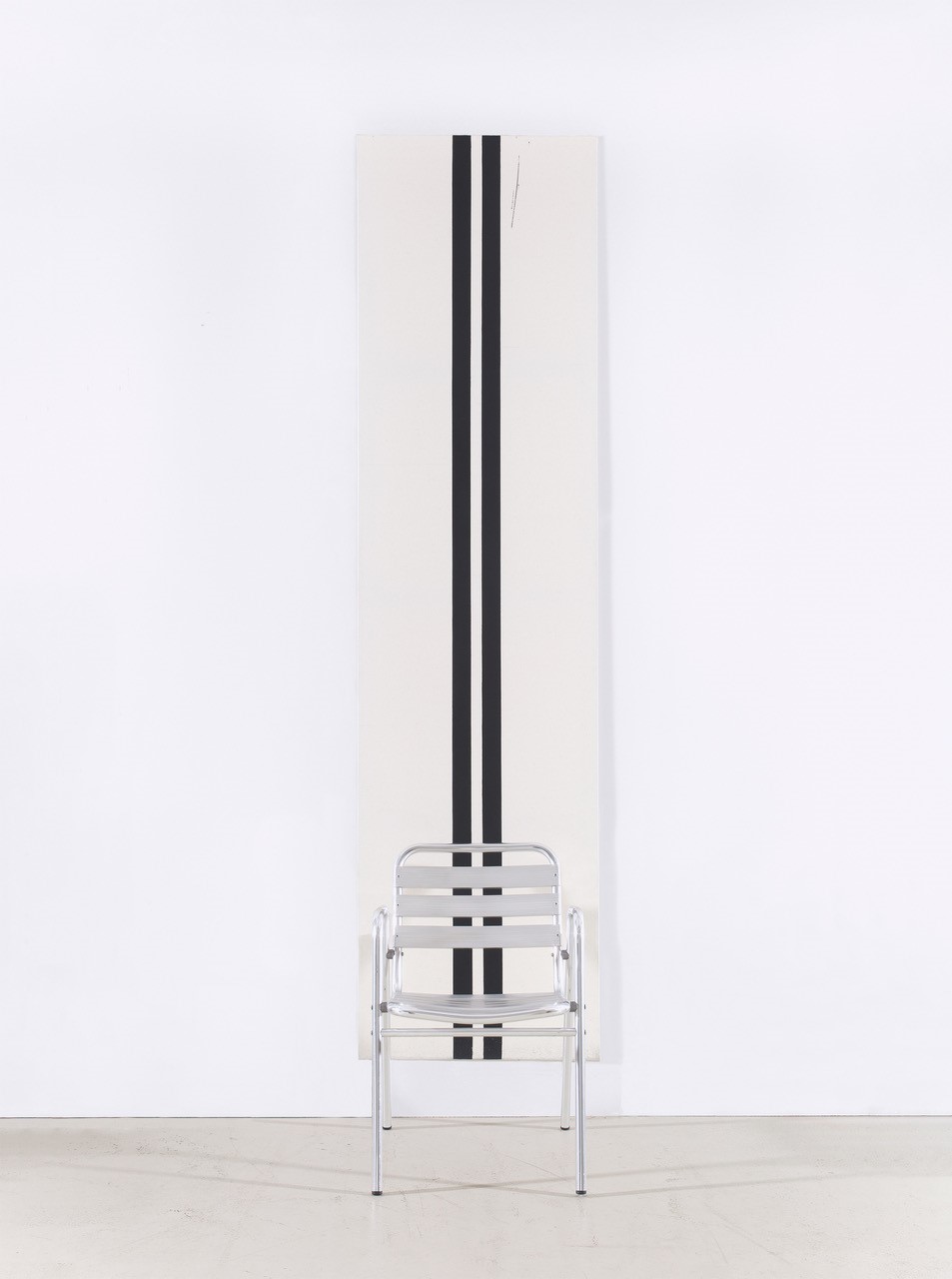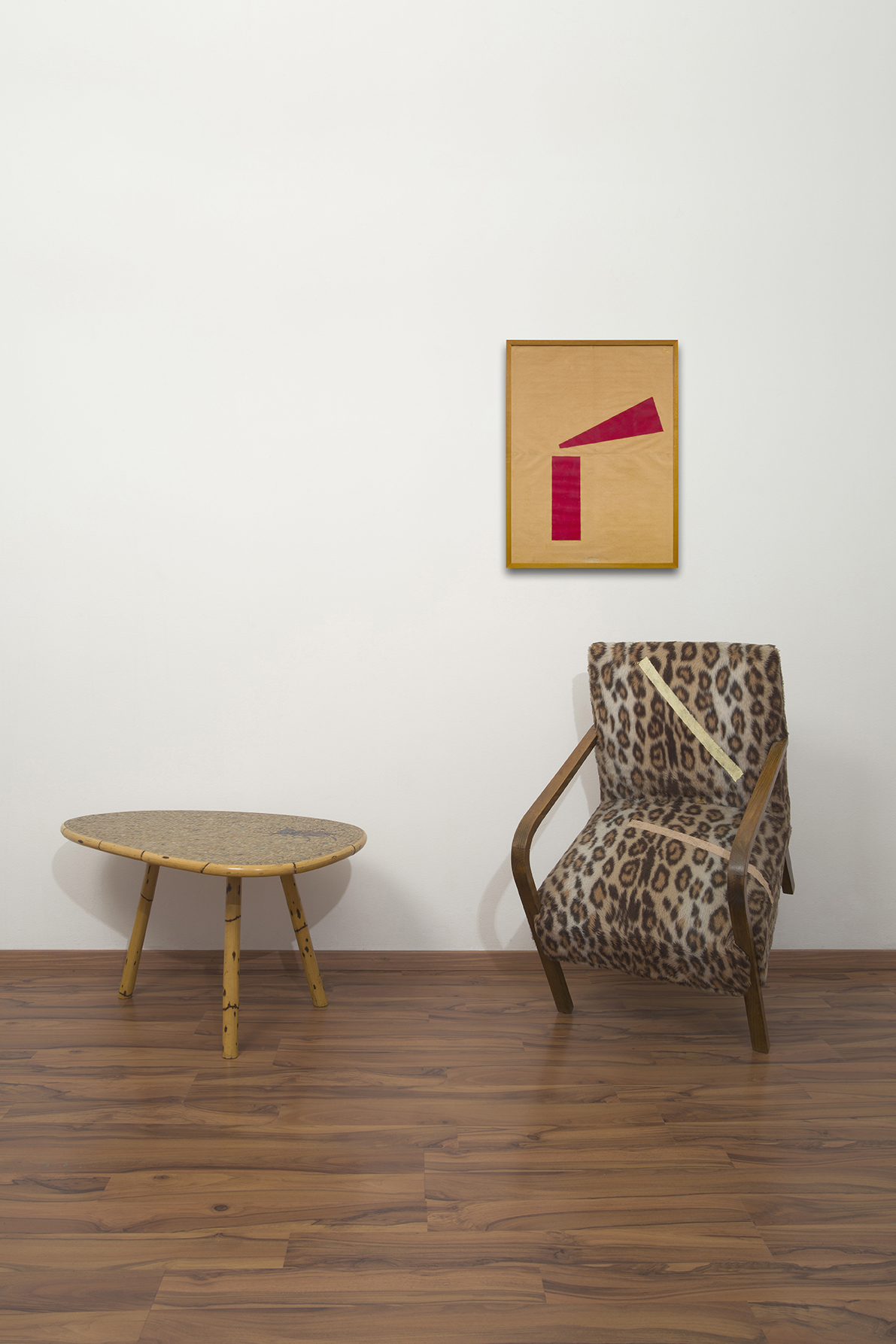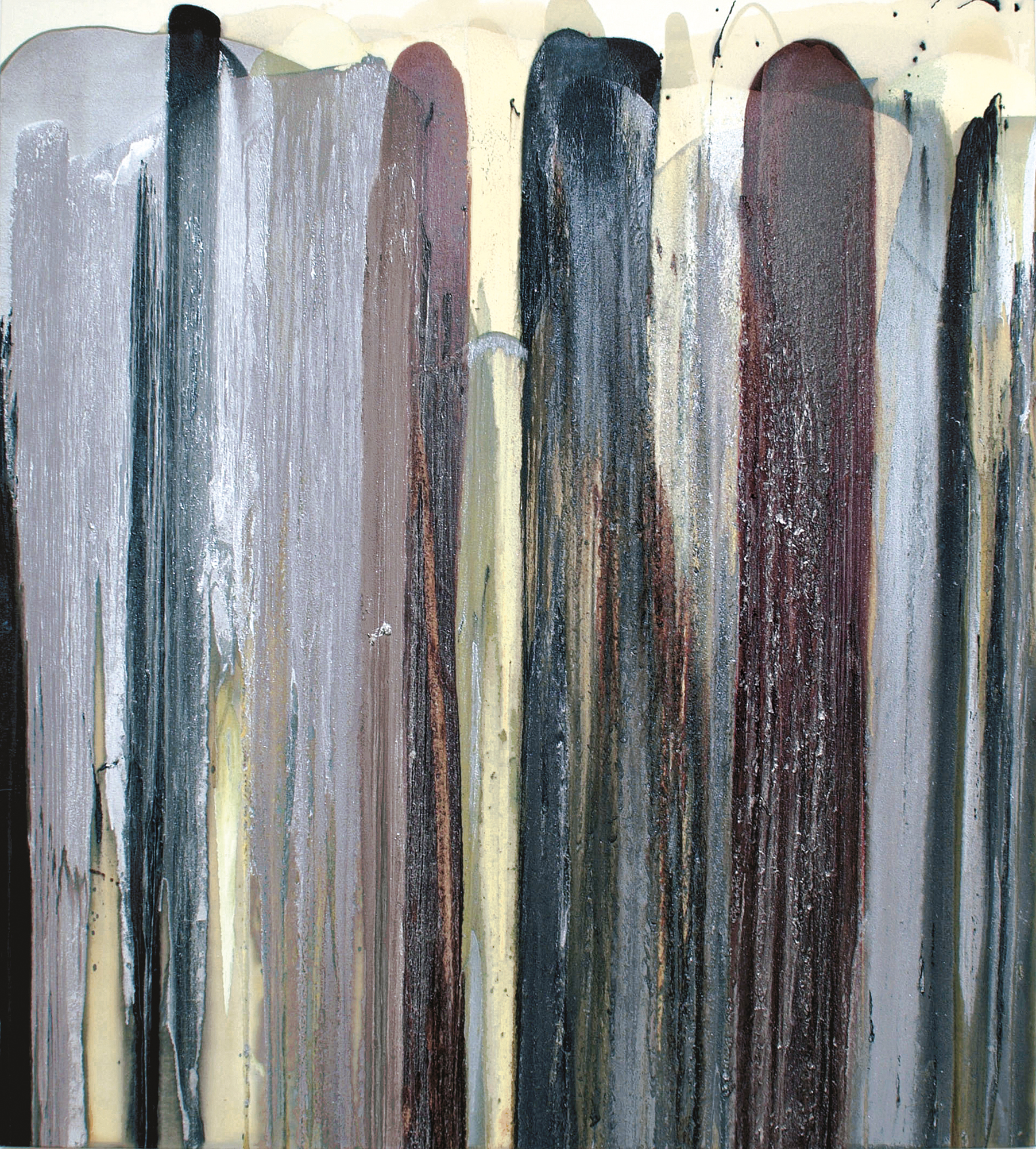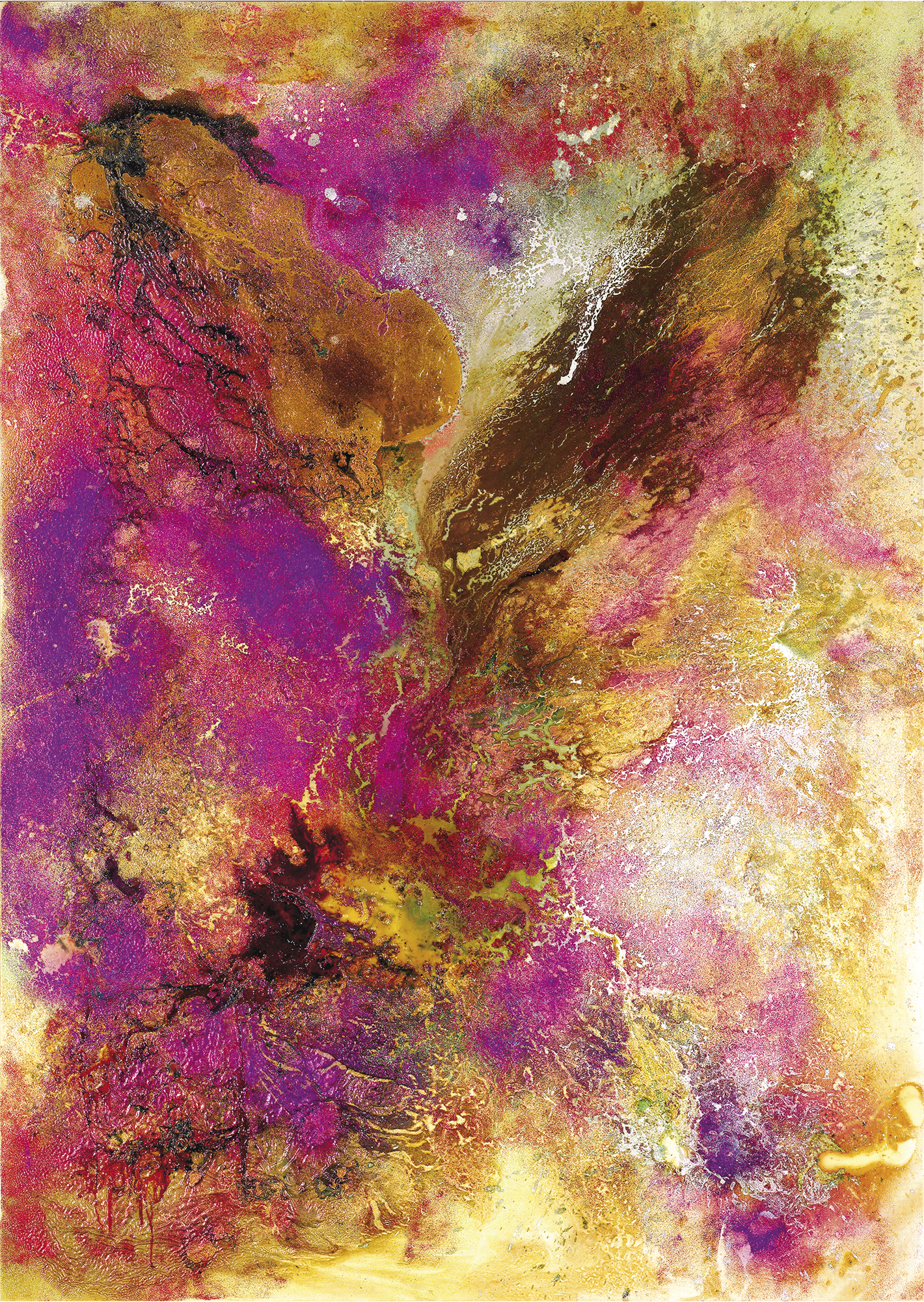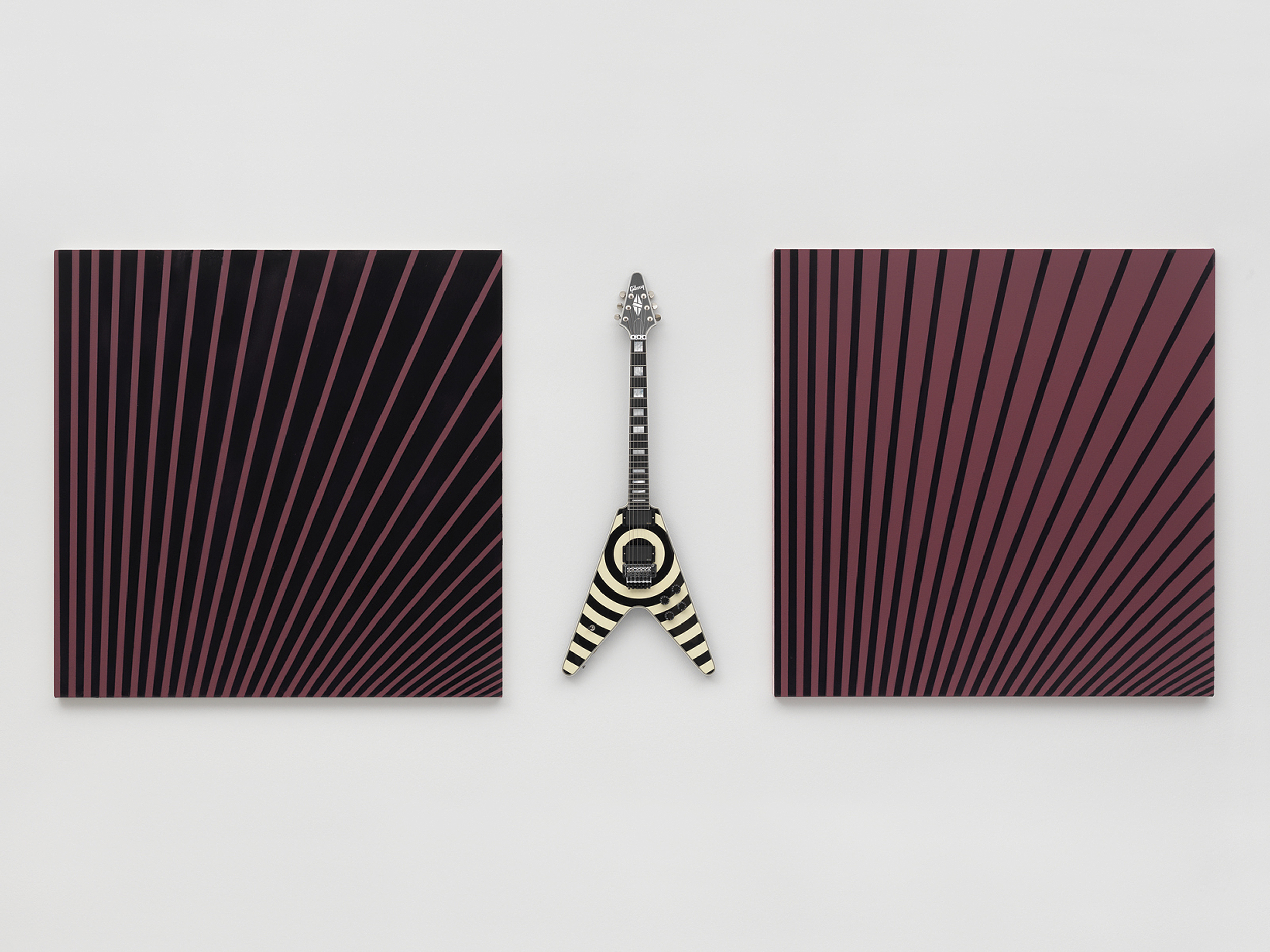The internationally renowned Genevan artist John M Armleder can be considered amongst the most influential creative figures on the Swiss art scene. Born in 1948 in Geneva, Armleder studies at the city’s Fine Arts School before cofounding, in 1969, the group Ecart with Patrick Lucchini and Claude Rychner.
Having similar concerns and interests as the Fluxus movement, Ecart places no barrier between art and life and becomes one of Europe’s most important experimental art spaces in the 1970s. The eponymous gallery, bookshop and publishing venture begin operating in 1972-73, and for seven years a wealth of activities take place there: group shows (Ben, Spoerri, John Cage, Sol Lewitt, Lucio Fontana, Helmut Federle, Robert Motherwell and Andy Warhol), the production of multiples (Olivier Mosset, Cady Noland), installations and performances.
From his collective, multidirectional experiences, Armleder draws a number of lessons, including the idea of an absence of hierarchy amongst genres, the equivalence of materials, and chance as a cardinal principle. His works often refer to the history of modern art and, from the 1980s on, begin to question abstraction and the idea of modernity by way of reappropriation and citation.
In 1986 Armleder sees his fame confirmed when he is named to represent Switzerland at the Venice Biennale. For thirty years now his works have been shown in many international events, from a range of biennials (Paris, Venice, Sydney, Lyon, Ljubljana, Busan, Valencia, Shanghai) to Frankfurt’s Prospect, Documenta IX in Kassel, Metropolis at the Martin Gropius Bau in Berlin, Toyama Now for the Triennial in Japan, Open Ends at MoMA in New York, and the Seville World’s Fair. Geneva’s Mamco devoted to Armleder and his work a major retrospective called Amor Vacui, Horror Vacui in the autumn of 2006.
Having similar concerns and interests as the Fluxus movement, Ecart places no barrier between art and life and becomes one of Europe’s most important experimental art spaces in the 1970s. The eponymous gallery, bookshop and publishing venture begin operating in 1972-73, and for seven years a wealth of activities take place there: group shows (Ben, Spoerri, John Cage, Sol Lewitt, Lucio Fontana, Helmut Federle, Robert Motherwell and Andy Warhol), the production of multiples (Olivier Mosset, Cady Noland), installations and performances.
From his collective, multidirectional experiences, Armleder draws a number of lessons, including the idea of an absence of hierarchy amongst genres, the equivalence of materials, and chance as a cardinal principle. His works often refer to the history of modern art and, from the 1980s on, begin to question abstraction and the idea of modernity by way of reappropriation and citation.
In 1986 Armleder sees his fame confirmed when he is named to represent Switzerland at the Venice Biennale. For thirty years now his works have been shown in many international events, from a range of biennials (Paris, Venice, Sydney, Lyon, Ljubljana, Busan, Valencia, Shanghai) to Frankfurt’s Prospect, Documenta IX in Kassel, Metropolis at the Martin Gropius Bau in Berlin, Toyama Now for the Triennial in Japan, Open Ends at MoMA in New York, and the Seville World’s Fair. Geneva’s Mamco devoted to Armleder and his work a major retrospective called Amor Vacui, Horror Vacui in the autumn of 2006.

